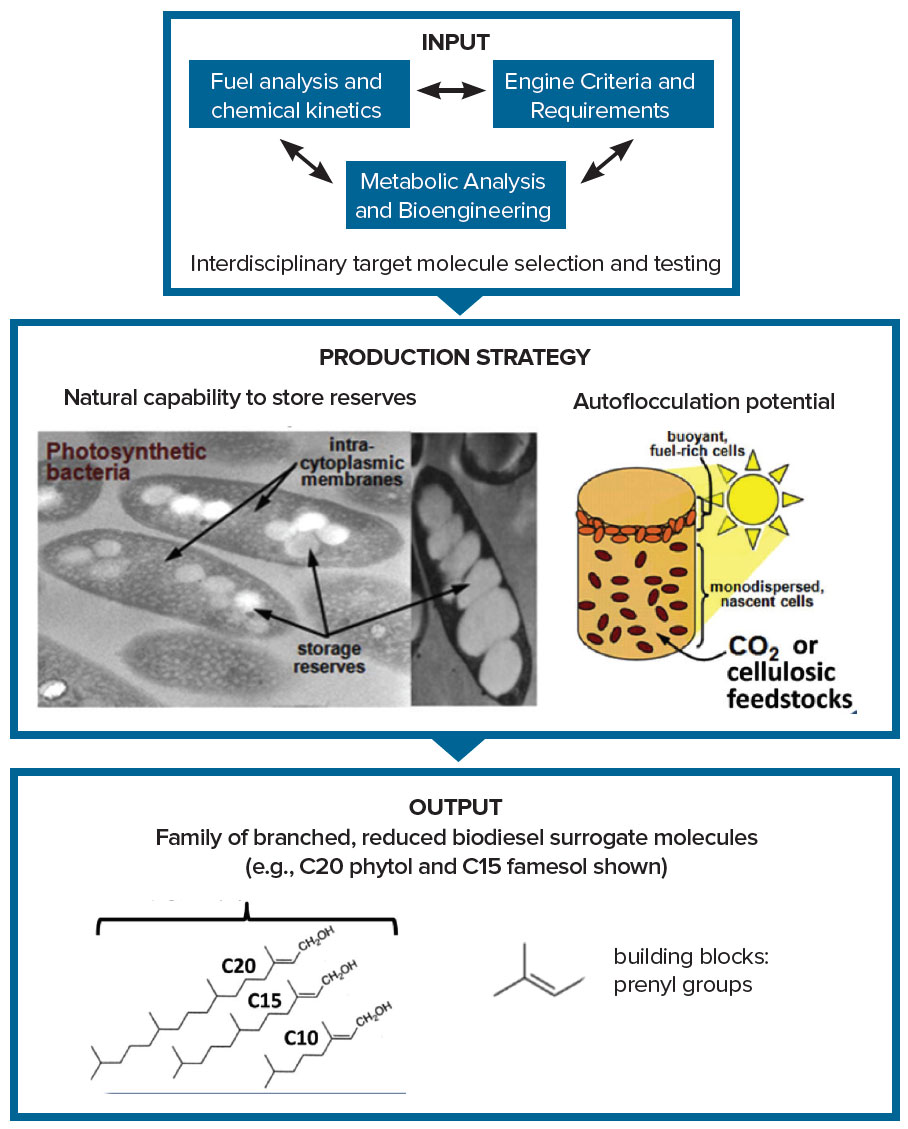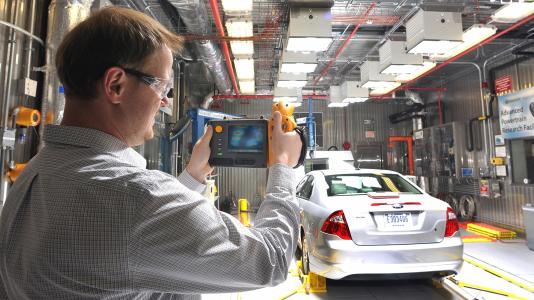The Innovation
The biogas made from biosolids generated at wastewater treatment plants in the anaerobic digesters (ADs) contains high amounts of CO2 and hydrogen sulfide (H2S), and other gases as impurities that reduce its utility. H2S is corrosive at very low levels. In order to make biogas usable as a transportation fuel, its methane content must be enriched to the level found in natural gas by depleting CO2; and H2S levels must also be reduced. Researchers have made various previous attempts to separate CO2 in biogas production systems and thus enrich the methane content in biogas. However, among the disadvantages of this approach are that the H2S must be removed separately. Most of these methods are not economical, because post-production processing of biogas is required.
Previously, researchers at Argonne National Laboratory had developed processes for in situ treatment of ADs to enrich the methane content in biogas to the levels found in natural gas. First, the Argonne researchers used pulverized rocks rich in CaCO3 and MgCO3 that sequesters the CO2 (background patent 8,247,009). The pulverized rocks were placed in the AD in removable mesh buckets. However, such rocks must be mined, pulverized, and transported, each of which adds costs.
Argonne researchers next used a locally available agricultural by-product, biochar (charcoal), in the ADs and achieved reduction of both CO2 and H2S, with in situ sequestration of carbon, and methane enrichment of biogas to the pipeline-quality level of natural gas with >85% methane. Biochars from various sources perform similarly in methane enrichment in biogas. It is possible that some geographic regions may have biochar sources that may be functionally equivalent to the biochars used in Argonne studies and industrial-scale pilot testing.
The biochar used thus far by Argonne is rich in divalent and monovalent cations, calcium, potassium, and magnesium, which has increased these cations in the digestate that can be used as organic solid fertilizer—leading to a significant revenue stream. Chemical analysis reveals that organic solid fertilizer is rich in nitrogen, phosphorous, potassium, and sulphur.
Developmental Stage
Pilot-scale process evaluation performed at a third-party site.
Availability/Commercial Readiness
Ready for development under a research partnership

